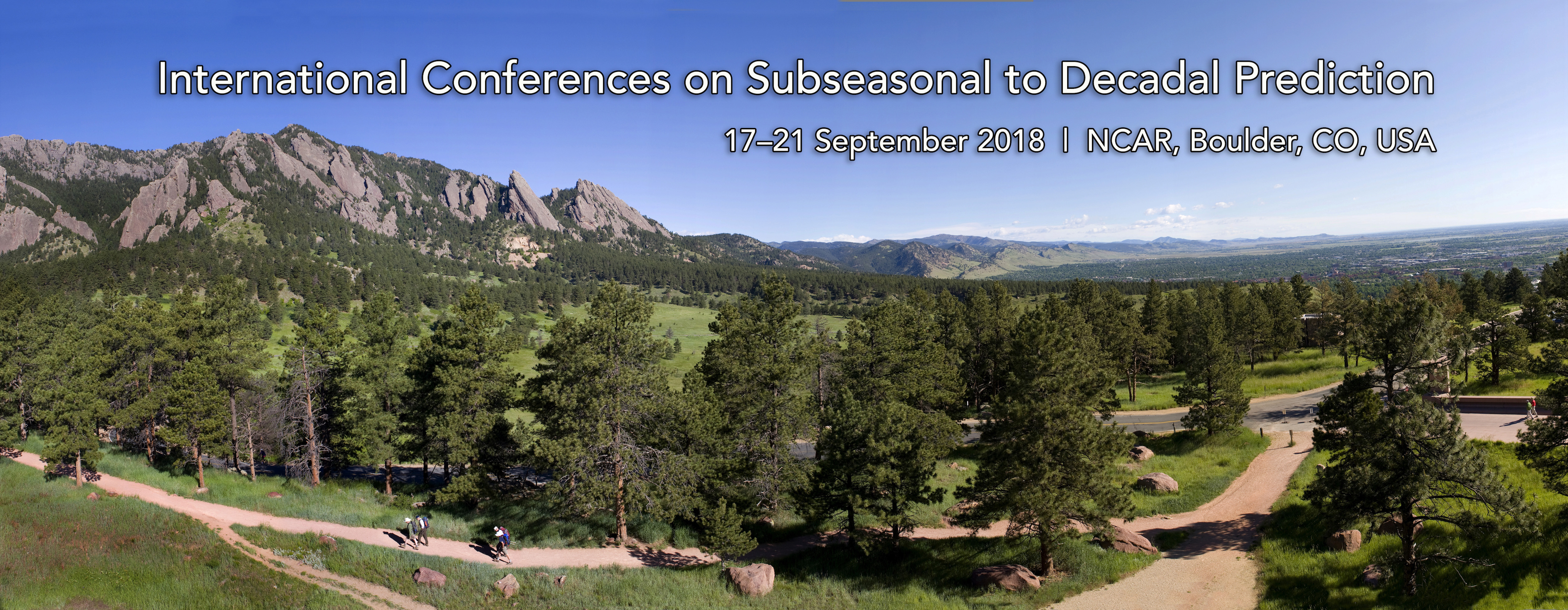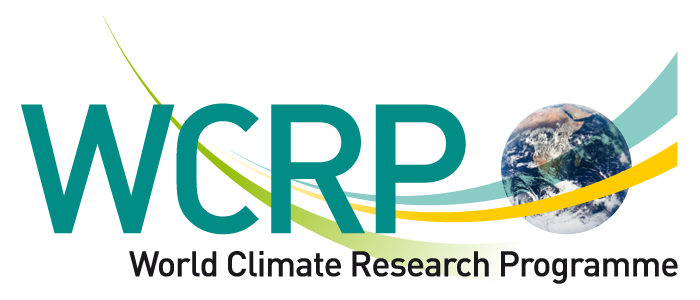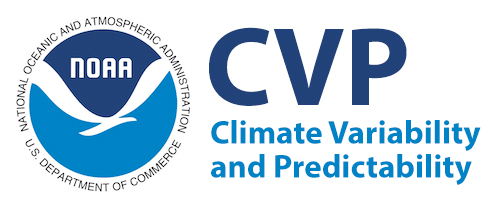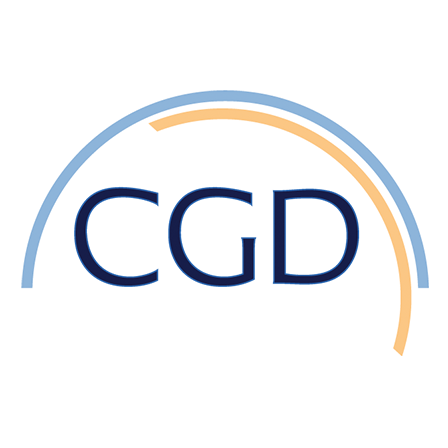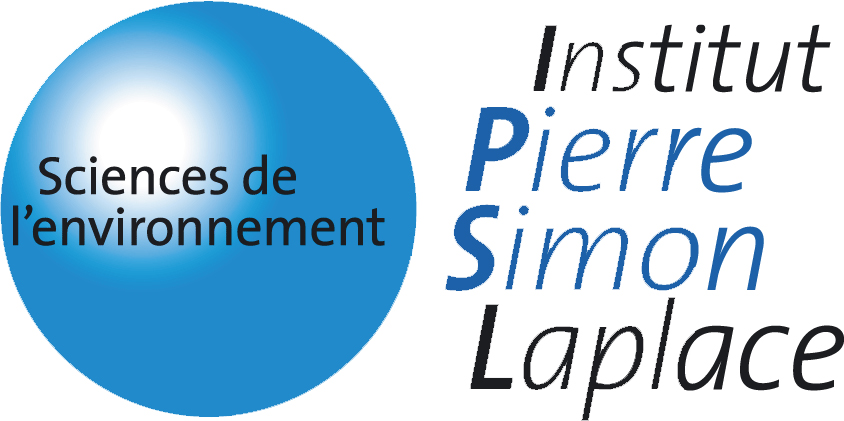Second International Conference on Subseasonal to Seasonal Prediction (S2S) and
Second International Conference on Seasonal to Decadal Prediction (S2D)
Conference by the numbers
- 347 Participants
- 224 Poster Presentations
- 144 Oral Presentations
- 92 Early Career Scientists
- 38 Countries
- 5 Days
- 2 Conferences
Aims and objectives
The week will feature the "Second International Conference on Subseasonal to Seasonal Prediction (S2S)", the "Second International Conference on Seasonal to Decadal Prediction (S2D)" as well as a joint segment addressing coming issues.
The goals of the meeting are
i) to bring together the scientists, producers, and users who are at the forefront of S2S and S2D prediction and related research, development, and application areas to foster the exchange of information and knowledge between the communities towards more seamless subseasonal to decadal predictions;
ii) to highlight the current level of progress and accomplishments in S2S and S2D predictions;
iii) to identify the challenges for transitioning S2S and S2D prediction research efforts into operations;
iv) to review current abilities to make skillful predictions on timescales of interest;
v) to identify new initiatives, collaborations, and emerging science questions
Weather and climate variations on subseasonal to decadal timescales can have enormous social, economic, and environmental impacts, making skillful predictions on these timescales a valuable tool for policymakers. As such, there is a growing interest in the scientific, operational, and applications communities in developing forecasts to improve our foreknowledge of events. On S2S timescales, these include high-impact meteorological events such as tropical cyclones, floods, droughts, and heat and cold waves. On S2D timescales, while the focus broadly remains on similar events, e.g., precipitation, surface temperatures, and upper ocean heat content and their effects on the probability of these types of meteorological events, deciphering the roles of internal and externally-forced variability in forecasts also becomes important. The S2S and S2D communities share very similar, if not identical, scientific and technical challenges. These common challenges include forecast initialization and ensemble generation; initialization shock and drift; understanding the onset of model systematic errors; bias correction, calibration, and skill assessment; model resolution; atmosphere-ocean coupling; and linking research, operations, and users.
This meeting is open to all scientists, producers, and users involved in subseasonal to decadal climate predictions and related topics, including graduate students and early career scientists.


